Elizabeth Lennox (March 16, 1894 – May 3, 1992), also known as Louise Terrell, was an American contralto singer. She made over 150 musical recordings in the 1920s, on the Brunswick, Edison, Victor, and Columbia labels.
Elizabeth Lennox (March 16, 1894 – May 3, 1992), also known as Louise Terrell, was an American contralto singer. She made over 150 musical recordings in the 1920s, on the Brunswick, Edison, Victor, and Columbia labels.
Elizabeth Lennox was born in Ionia, Michigan the daughter of Lambert E. Lennox and Hester Anna Tyrell Lennox. [1] Her parents were from Canada. Her father was a Methodist clergyman, [2] and her older sister Olive Lennox was a pianist who sometimes accompanied her. [3] [4] She graduated from the Cosmopolitan School of Music in Chicago. [5] Her father's work meant that she lived in various towns as a child; she counted Benton Harbor, Michigan as one of her hometowns. [6]
Lennox began her professional singing career as a church soloist in Chicago, and in New York. [5] [7] [8] She sang mainly in concert and oratorio programs, [9] [10] and made over 150 recordings in the 1920s, on the Brunswick, Edison, Victor, and Columbia labels. [11] [12] Some of her recordings were made under the name "Louise Terrell" (using a variation on her mother's maiden name). [13] She explained that making recordings helped her hear her own voice and find where improvements were needed. [14] "People may try to flatter you by saying you are singing perfectly," she said, "but the record certainly shows up every little imperfection in a wonderful way." [15]
Lennox also taught voice in Michigan, as a young woman. [2] [3] She and accompanist Ann Straton Miller made a national concert tour during the 1921–1922 season. [16] In the 1930s she often performed on radio programs, including on the American Album of Popular Music, [17] and in a regular weekly slot on CBS Radio's "Broadway Varieties" show. [5] [18] [19]
After she retired from professional performance in the 1940s, she was program committee chair of the South Shore Music Club, a women's club in Connecticut, [20] and was executive vice-president of the Connecticut Symphony Orchestra. [21]
Lennox was tall, "distinctly the type for whom tailored clothes were made," according to a 1937 profile. [5] She married George Percival Hughes, an advertising executive, in 1922. [22] Their son David Gratton Hughes was born in 1926. [23] [24] Her husband died in 1967, [25] and she died in 1992, aged 98 years, in Fairfield, Connecticut. Her son became a musicologist on the faculty at Harvard University. [26] Her granddaughter Catherine E. C. Hughes was a television news reporter and an Emmy-nominated filmmaker. [27] [28]
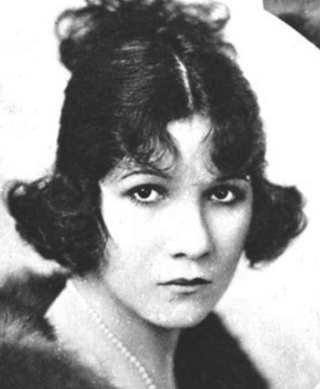
Vivienne Sonia Segal was an American actress and singer.

Virginia Mauret, sometimes seen as Virginie Mauret, was an American musician and dancer. In 1962 she became the founder and director of the Young Artists Opera of New York City.

Regina Vicarino was an American soprano opera singer.

Vera Barstow was an American violinist and teacher. She made a three-month tour playing for troops in France during World War I.

Jeanne Maubourg was a Belgian operatic mezzo-soprano. She sang with the Metropolitan Opera in New York from 1909 to 1914, taught voice in Montreal, and was heard in Canadian radio dramas in the 1930s and 1940s.
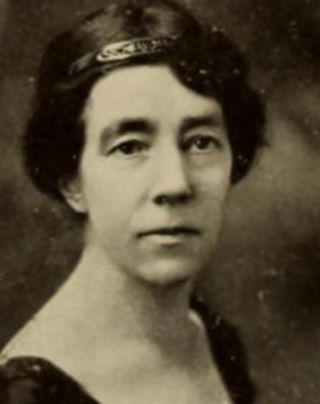
Rebecca Wilder Holmes was an American musician. She was a violinist, and taught at Mount Holyoke College and Smith College. She was founder and first director of the Smith College Symphony Orchestra.

Rita Bell was an American lyric soprano and entertainer in vaudeville, musical theatre, radio, and "talkies". She was the principal actress of several Broadway musicals, such as "The Gingham Girl" and "Spice of Life". During her world tour, her singing voice and personality were broadcast from radio stations in Amsterdam, Berlin, Cape Town, and London. A singer-songwriter, Bell wrote many of her songs.

Frida Katherina Benneche, sometimes written as Frida Bennèche or Freda Benneche, also known as Frida Windolph, was an American coloratura soprano.

Mary Adelaide Gescheidt was an American voice teacher, writer, and clubwoman, based in New York City.
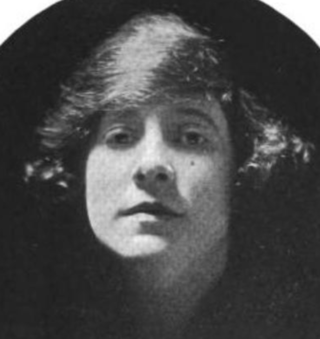
Elizabeth H. "Cissie" Sewell was an English-born stage actress, dancer, and ballet mistress, wife of Irish-born Canadian performer Cyril Biddulph.

Grace M. Hofheimer was an American pianist, composer, and educator, author of Teaching Techniques For The Piano (1954).

Grace Miriam Kerns was an American soprano, called the "Nightingale of the Trenches" for her popularity during World War I. She made over a hundred recordings during the 1910s.

Grace Mae Porterfield Polk was an American composer, singer, and poet, and founder of the American Song Composers' Festival.

Teiko Kiwa, born Laetitia Jacoba Wilhelmina Klingen, was a Japanese-Dutch opera singer. She was known as "the Japanese Duse", a reference to Italian actress Eleanora Duse.

Anca Seidlova Edwards was a Czech-American pianist.
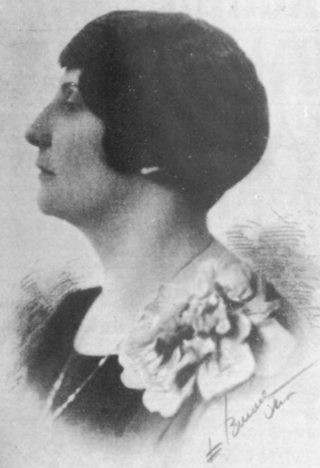
Viola Frances KlaissSpotts was an American organist. She was a theatre organist in Philadelphia, and made several recordings in the 1920s. She was also "leader of an all-female orchestra".

Beatrice A. MacCueCosgrove, sometimes seen as Beatrice McCue, was an American singer, clubwoman, and voice teacher, most active in the 1920s and 1930s.

Kathlyn Hilliard was a Scottish singer and actress. She was principal soprano with the British National Opera Company (BNOC) from 1925 to 1928.
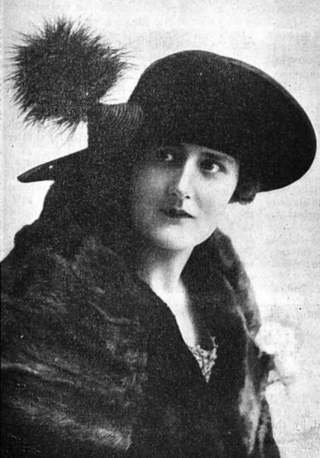
Eileen Andjelkovitch, LRAM, born Eileen Constance Smith, was a British violinist, music educator, and musical director.
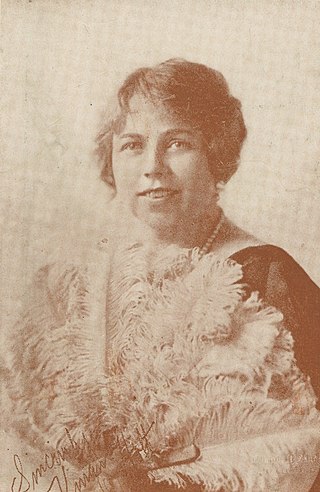
Vivian Grace Holt, also known as Vivienne Holt and Vivian Holt-Ruben, was an American soprano singer who performed in vaudeville, on Broadway, in recordings and on radio, usually paired with pianist and composer Lillian Rosedale Goodman.